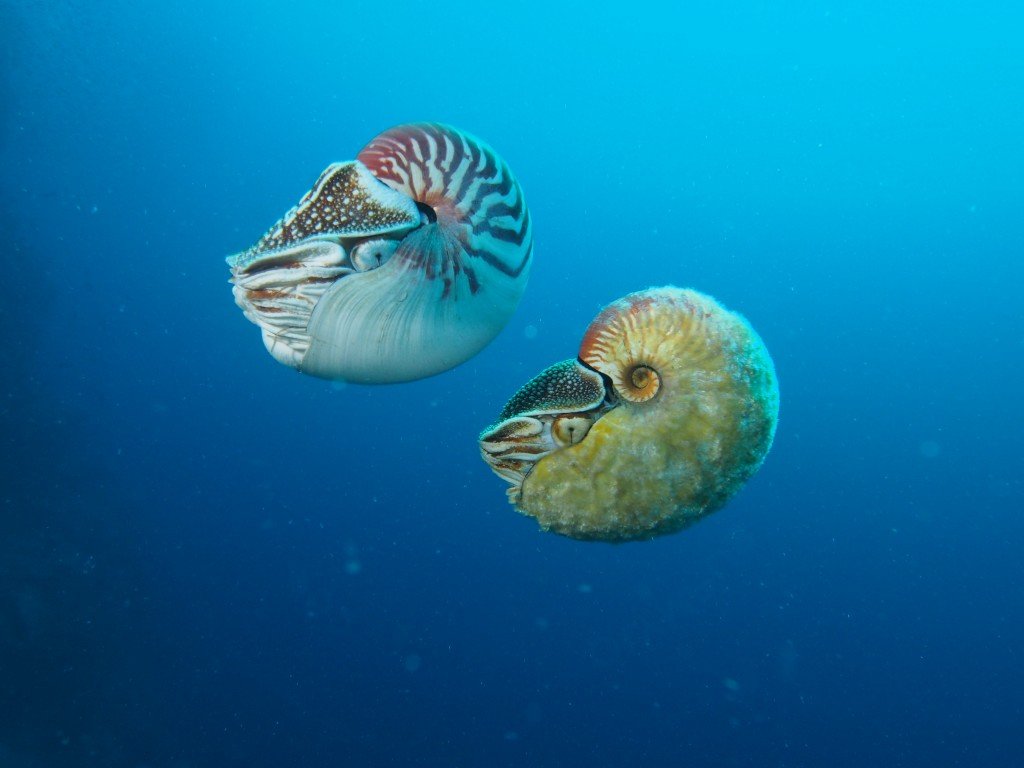Earlier this month, biologists from the University of Washington encountered a rare species of nautilus that has not been seen in over thirty years. A nautilus is a marine mollusc that has a shell and is closely related to squids and cuttlefish.
In 1984, the rare Allonautilus scrobiculatus was found and identified off the coast of Ndrova Island in Papua New Guinea by researchers Peter Ward and Bruce Saunders. The species was seen by Saunders again in 1986, but has not been seen since.
The nautilus is considered a “living fossil” in that animals extremely similar to today’s nautiluses are found in the fossil record dating back to 500 million years ago. And, even though nautiluses saw the age of dinosaurs come and go, today’s overfishing may end the existence of the sea creatures. Ward pointed out that, “As it stands now, nautilus mining could cause nautiluses to go extinct.”
The Allonautilus is different than other nautiluses in that it has a hairy, thick, slimy covering. It is speculated that the slimy coating may help to prevent predators’ sharp teeth from getting a good grip on the mollusc.
In conducting his research this time around, Ward and his team used the “bait on a stick” method to collect various species of nautilus. Essentially, fish and chicken meat were suspended on a string at various depths of the ocean and – after time – the creatures attach to the meat. Ward’s crew filmed activity surrounding the bait for 12-hour periods. The nautiluses were then slowly brought to the water’s surface – in cool water since they do not like the heat – and studied by the scientists before being returned to the depths of the ocean. Every day, the team would watch the footage taken the night before at super speed.
Through these studies, the researchers learned that most nautilus communities are completely isolated from each other because each population only inhabits a narrow band of ocean depth. Ward observed that, “They swim just above the bottom of wherever they are. Just like submarines, they have ‘fail depths’ where they’ll die if they go too deep, and surface waters are so warm that they usually can’t go up there. Water about 2,600 feet deep is going to isolate them.” These depth restrictions mean that populations in different areas are often ecologically and/or genetically different from each other. Ward pointed out that, “Once they’re gone from an area, they’re gone for good.”
Ward described Allonautilus as possibly “the rarest in the world” as it has only been found near the one tiny island. “We need to know if Allonautilus is anywhere else, and we won’t know until we go out there and look.”
Stay Connected